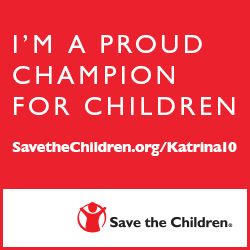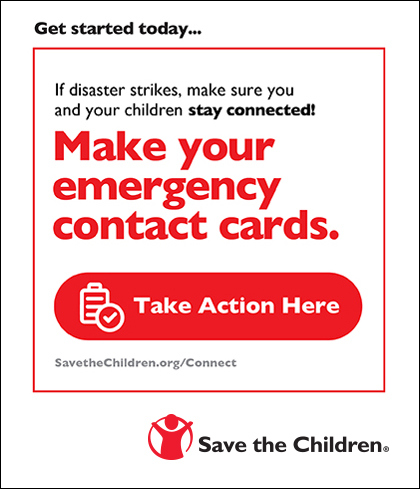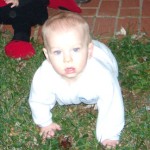
I can remember the morning perfectly. I was standing in my tiny kitchen in my brand new home after just laying my newborn down for a morning nap. We had a small television in our kitchen, so as I cleaned up I tuned in to watch the NBC news person proclaiming that New Orleans didn’t make out as badly as they had all predicted because the storm was downgraded from a five to a category 3.
Then the levees broke and the world changed.
Perhaps because it was my first September not returning to work, or maybe because all I could think about in my still-freshly postpartum brain was how did people take care of their kids through something like that; whatever the cause, I was strangely attached to the Katrina story and the people of New Orleans long after the news coverage stopped. I had no idea my own life would lead me to a place that would have to live through similar tragedy years later, when again my thoughts turned to protecting my kids through whatever the effects of that storm were.
I was recently in New Orleans for a graduate school trip, drawn there precisely because of Katrina and Sandy and a curiosity about life after the storm. One of our assignments was to investigate the mental health resources in New Orleans and design an advocacy and intervention program for the people of our host city.
What I learned was that for all of the shiny new buildings and sweet music coming from Jazz clubs that signaled restoration and rebuild, the devastation is still very present in many of the people of that city and the many others who may still be away after being displaced that August after the storm. There were as many as 5,000 children separated from their families after Hurricane Katrina. For some, it took months to be reunited and you can be sure even those who were separated for hours felt that trauma and may still recognize it today.
Save the Children is an amazing organization that I’ve written about here before. They are often the first into these types of situations to advocate for and protect families and children. In this case, ten years after Katrina, they’re asking all of us to be prepared. You may never think it can happen to you. I know I didn’t when I was watching all that footage ten years ago. And then, it nearly did. So, fill out your emergency contact cards. Keep them handy and have a plan should you be faced with the unfortunate trauma that weather can bring. We’ve learned a lot from Hurricane Katrina, let’s have our children’s safety be primary among the lessons we keep.
P.S. Looking for more parenting guidance and tips for self-care? Check out From Chaos to Calm a guided training to help you feel better in this tough season.





